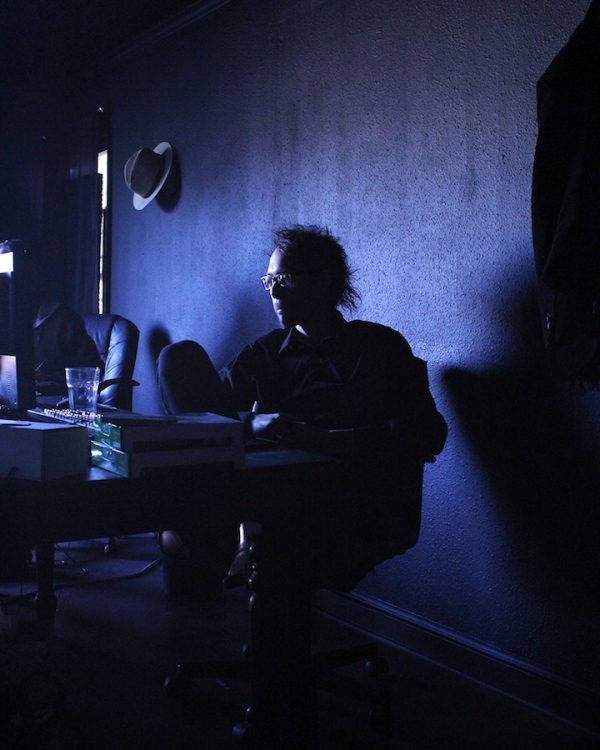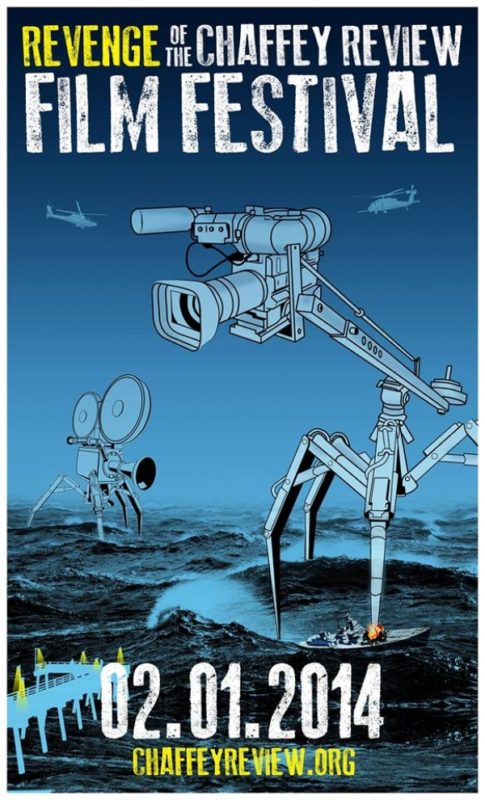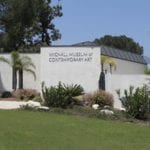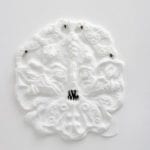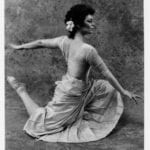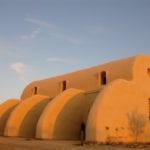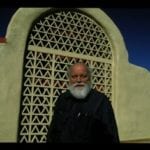I have no problem professing that we have some of the most intriguing subcultures embedded in our society. It simply takes inquiring and inquisitive minds to stumble upon the waves that these countercultures are making. All-encompassing creative brand, Nerdpop, spear-headed by Redlands native Rob Mardis, is putting its mark on our small segment of the Inland Empire in colorful, quite loud, yet wholly creative ways.
Meeting with Mardis at his Redlands home—which doubles as a constant creative hub for artists—gave the impression of the definite “working artist lifestyle.” Checkered floors, black walls and a variation of visual and sensory effects caused by the inhabitance of creative minds under one roof. I left with a new understanding of Nerdpop, but also the art from Shane Curran and David Arshawsky and tangible references to further understand the games and projects Nerdpop has undertaken. Read on as Mardis describes exactly what the Nerdpop empire is and where it’s headed.
Kimberly Johnson: Some may recognize NerdPop from hosting art and music events in the surrounding cities, some might know the name for having strong roots in the comic and illustrative field; others, however, are yet to be familiar with the brand as a whole. Can you describe what NerdPop is and how it began?
Rob Mardis: Nerdpop is my publishing and content brand. With Nerdpop, I write comics, design games and host events. I also find artists that I enjoy and collaborate with by either publishing and promoting their work or creating new works with them. I realized years ago that in order to make my fiction and games I had to build the support system for me to get them done. That is how Nerdpop began.
Aside from that, Nerdpop is an extension of the fiction that this area created. The Inland Empire, as well as San Bernardino County specifically, has had such a profound effect on me. It is a venue for me to share my ideas and experiences with the larger world.
To do this, I host events to cultivate a scene and artists. I’ve had a couple decent print runs and done a lot of zines with Nerdpop. We also do music and media reviews on the site. Nerdpop is set up to be able to produce a full project from start to finish.
KJ: In what ways would you say NerdPop benefits and utilizes artists of San Bernardino County?
RB: San Bernardino County is a unique place for creatives. The Inland Empire is one of the only places in the world where you are geographically located 1 hour between every kind of natural attraction and surrounded by multiple metropolitan areas. Most creative work is a summer job away in LA, SF, SD or LV. However, living in this area allows for myself and my associates to live fairly cheap and find work in LA or via telecommuting.
For example, Redlands artist David Arshawsky was working with Color Ink Book and I managed to pick him up for some projects over the years in between his commercial work. His work includes Teenage Mutant Ninja Turtles action figures, Pokemon toys and even the Homies miniatures. Somehow he ended up in Redlands and he’s had a tremendous influence on my ability to produce games for the Nerdpop brand.
KJ: Every month, NerdPop presents a music and art show held at The Vault in Redlands. Can you tell me what types of festivities commence at these events and what guests can expect?
RM: Our once a month events at the Vault are the largest consistent art show/concert in the Inland Empire. It’s a night designed to pack The Vault and connect the fans. It’s not a quiet affair, but a chance to get to know artists and their work. The big change that I will be doing with Nerdpop events this year is expanding to a once a week art competition Thursdays at the Vault and also adding a new once a month Nerdpop Game Day.
KJ: Speaking of the new Game Day, I hear you have a board game on display at The San Bernardino County Museum—that’s pretty wild. Can you give me a little insight on the background of the game as well as how the opportunity for its display at the museum came about?
RM: Trailblazers is on display downstairs at the museum in the center of their stage-coaching exhibit. I designed the game to highlight the history of the Inland Empire along the Bradshaw trail. Players compete by moving resources back and forth while avoiding the obstacles of robberies.
It came about as part of a Wells Fargo grant. I had been working with the museum on their ArtMuse shows and I offered my services as a game designer and product creator. My personal goal is to help non-profit institutions create commercially viable products. Trailblazers was the perfect opportunity. It led to me also doing a game for Calico Ghost Town and their cultural center in the Lane House.
KJ: What types of projects and events can we expect from NerdPop as 2014 unfolds?
RM: We are working on a game called “Son’s of the Empire” which is our entry into the End of Time—another creative project Nerdpop has formed. The story focuses on the apocalypse archetype, but set in the Inland Empire. There’s no real heroes, just perpetual black. The game speaks to what people have to do to survive.
This is what I’m doing to make sure the Inland Empire and some of the things that have been done here are remembered as well as dramatized. A work set in the Inland Empire that makes people understand why this area is important; the importance of our politics, plus the strange people that keep it going. Riverside artists Pavel Acevedo will be my first contributor to this series.
Nerdpop will be working on less dramatic projects as well, and they’re all utilizing Inland Empire artists. Artist Phillip Rollins from Redlands, is illustrating a Tarot set and I am writing a prose story to go along with it. San Bernardino artist, Shane Curran, and I will be finishing comic issues #2 and #3 of the Nerdpop series “Designers.” Every character in that series is based off of a historical figure or someone we’ve fictionalized. On top of that, David Arshawsky is sculpting all kinds of miniatures and toys for Nerdpop comics and projects.
We’re sponsoring Brettwjayne on twitch.tv as well as starting our own online streaming channel. It would consist of my artists doing Bob Ross-like painting walk-throughs, play-testing of the Nerdpop games, some talk shows and then a bunch of aggregation. I’ve been thinking about live streaming my events and some of the work that goes on there as well.
The Nerdpop Board Game “Founders” will start release in April also. My proposal for Nerdpop Game Day will hopefully be approved to take place at the San Bernardino County Museum by the end of April. Lastly, Thursdays at the Vault of Redlands, I will be hosting a weekly art competition with cash and print prizes.
For more information check out Nerdpop.net

